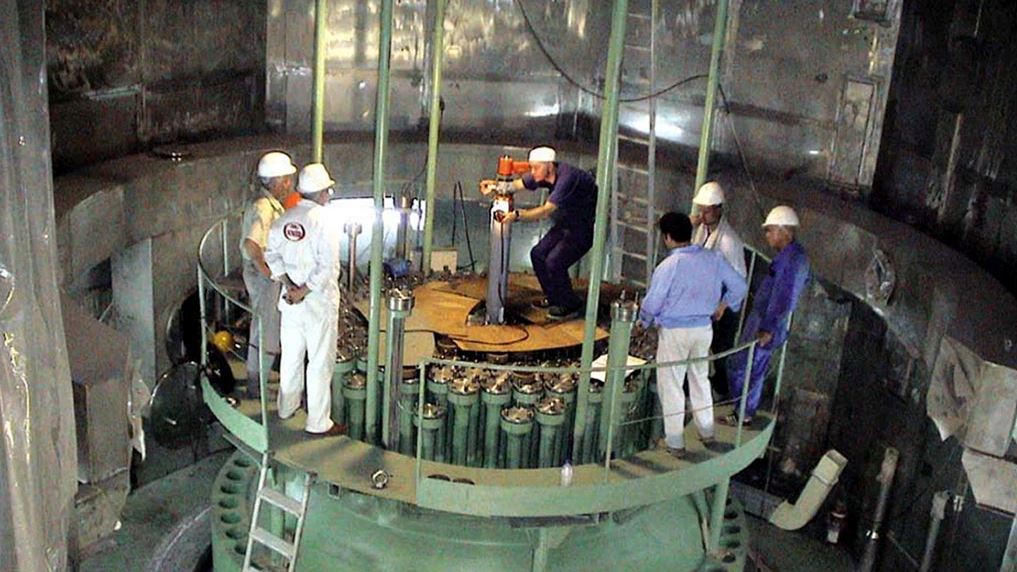Berlin: Inspectors from the UN’s atomic watchdog have confirmed Iran has started building an underground centrifuge assembly plant after its previous one exploded in what Tehran called a sabotage attack over the summer, the agency’s head said.
Iran also continues to stockpile greater amounts of low-enriched uranium, but does not appear to possess enough to produce a weapon, Rafael Grossi, director-general of the International Atomic Energy Agency, told the AP in an interview in Berlin.
Following the July explosion at the Natanz nuclear site, Tehran said it would build a new, more secure, structure in the mountains around the area. Satellite pictures of Natanz analysed by experts have yet to show any obvious signs of excavation at the site in Iran’s central Isfahan province.
“They have started, but it’s not completed,” Grossi said. “It’s a long process.”
He would not give further details, saying it’s “confidential information”. Iran’s mission to the United Nations did not immediately respond to a request for comment.
Ali Akbar Salehi, the head of Iran’s nuclear department, last month told state television the destroyed above-ground facility was being replaced with one “in the heart of the mountains around Natanz”.
Natanz hosts the country’s main uranium enrichment facility. In its long underground halls, centrifuges rapidly spin uranium hexafluoride gas to enrich uranium.
Natanz became a flashpoint for Western fears about Iran’s nuclear program in 2002, when satellite photos showed Iran building an underground facility at the site, some 200 kilometres south of the capital, Tehran. In 2003, the IAEA visited Natanz, which Iran said would house centrifuges for its nuclear program, buried under some 7.6 metres of concrete. That offers protection from potential airstrikes on the site, which also is guarded by anti-aircraft positions.
Read the article by David Rising (AP) in The Age.

